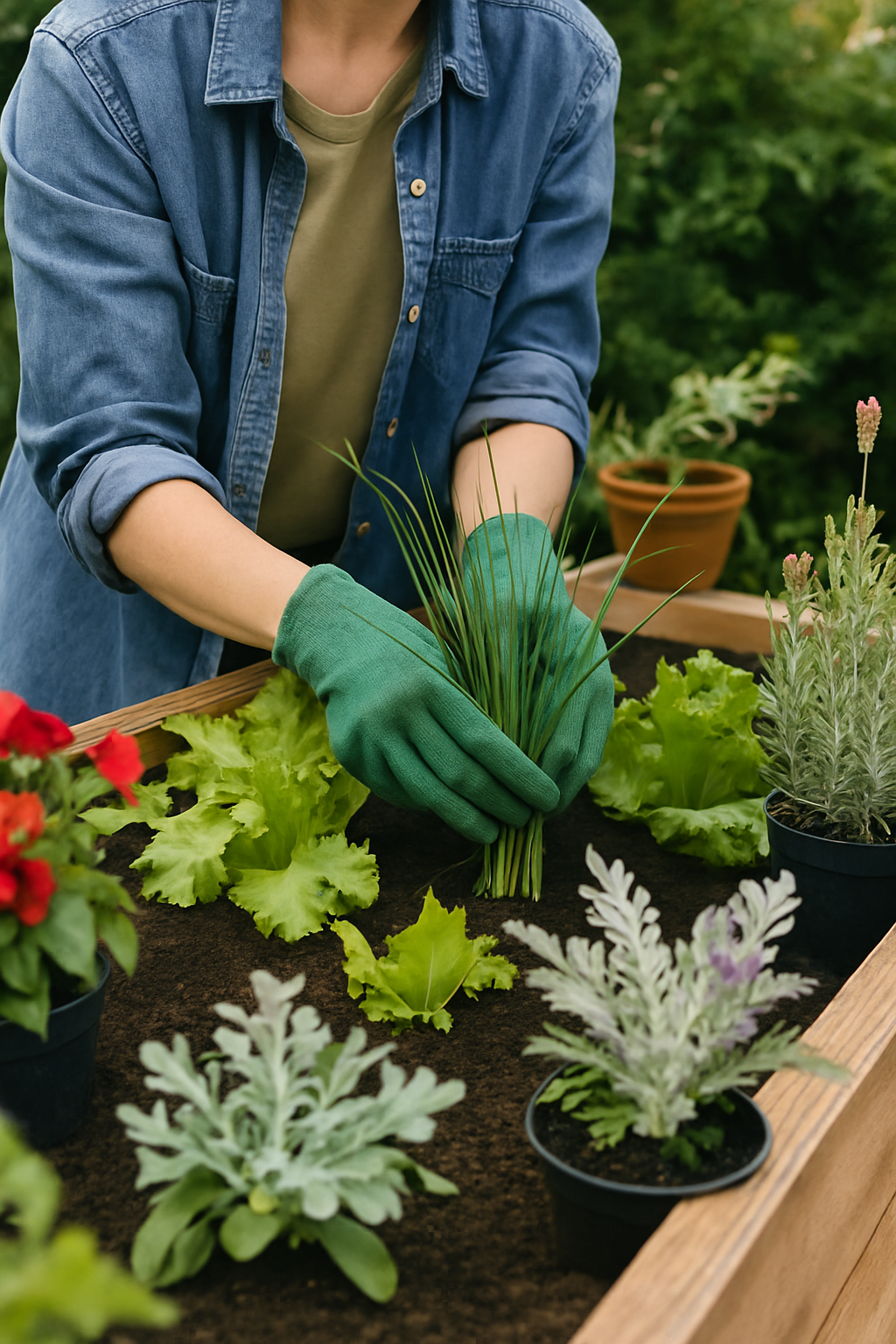On a recent holiday to Andalucia, Spain, I was hoping to visit the famous gardens of the Alhambra palace and fortress. Sadly, due to circumstances beyond my control it was not to happen. I was feeling a little disappointed when a friend mentioned that the village I was staying in, Velez de Benaudalla, had a rather lovely Moorish garden called Nasrid Garden which was well worth visiting.
A private paradise
To be honest, my expectations were not too high. We walked to the garden in soaring heat. The entrance to the garden is through a lovely and very impressive Spanish villa. The whole garden is surrounded by the house - high walls and hedges on three sides and a steep cliff face on the fourth side. This is to hide it from prying eyes and the outside world; to protect its representation as a lost paradise.
Nasrid Garden is an example of a Moorish garden and one of the few of its kind preserved in Andalucia. The concept behind the Nasrid Garden is as a reflection of the Promised Paradise where nature and human work are magnificently blended. A place for perceiving multi-dimensional aspects of life: colours, shapes, scents, reflections, sounds, textures and volumes.
Astonishing beauty
I walked through an opening in the courtyard wall into the most beautiful garden I have seen in a long time. Not large but full of wonderful plants and flowing water. I’m not sure if the original designers laid it out as a journey or a relaxing stroll through different spaces; an orchard, vines hanging on a pergola suspended over a water rill, down steps to herb beds and flower gardens, passing waterfalls and a variety of fountains and on to the most magnificent cascade I have ever experienced.
Naturally controlling the temperature
The designers were most certainly masters of manipulating the micro climate. At the cascades, the temperatures dropped from a scorching 35 degrees down to a chilly 18 degrees, it was incredible and very fun. Just as you were getting a little too hot, you would walk under a shady pergola, or pass a bubbling fountain, or spy a seat in a shady corner. The planting was also laid out in a practical manner by making use of access to water, sunshine or dappled shade. The visitor travels through a variety of well delineated climatic regions from the Arabian Desert, to temperate Europe, all the time following the water.
Five benefits of the design
The garden was seemingly designed to provide men and women with five great benefits:
- Spiritual: the garden is the earthly vision of paradise
- Aesthetic: it stimulates all our senses and inspires artistic creativity
- Psychological: its environment invites you to contemplate, relax and rest
- Botanical scientific: it is the perfect place for experimentation, suitable for acclimatising new foreign species
- Nutritional: the orchard is an essential element of the Nasrid Garden where aromatic plants, spices, fruits and vegetables are grown. In Al-Andalus times, the garden and the orchard were seen as the ideal space for sensory enjoyment; the use of herbs for medicinal purposes, as well as food.
Water: the essential feature
Water is the main ingredient and the backbone of this garden. It runs from the top of the mountain at the far side of the village, through irrigation channels into, and then across, the garden. It is stored in a reservoir where it is pumped to fountains before finally the cascading over the cliff face.
Layers of design
I experienced everything the original gardener designers believed I would. I must also give a nod to the most recent garden designers who have worked in this garden; they have added access-friendly steps, railings, paths and a small toilet block. These blend seamlessly into the older design, while remaining unashamedly modern in design and chosen materials. At no point did any modern addition take over or interfere with the original garden. Instead, the additions helped to overcome the cracks and decay of many centuries of exposure to some harsh weather the garden has endured.
Corten steel and chunky, untreated timbers were the main new materials introduced. The Corten seating doubled as low safety rails and sculptural indicators of the route to follow through the garden. The chunky, angular steps sailed over centuries old, but damaged, level changes or on to ponds and around water features. The materials were natural in colour and texture and yet, distinct enough from the original garden structures not to interfere.
Though I still intend to visit the most famous Andalucian garden of all, the Alhambra, I left Nasrid Garden feeling both content and inspired. If you find yourself near Granada, I would strongly recommend a detour to this most beautiful of gardens, even if you do get to visit the Alhambra.
Have you visited any of the beautiful gardens that Andalucia in Spain has to offer? What features inspired you the most?

